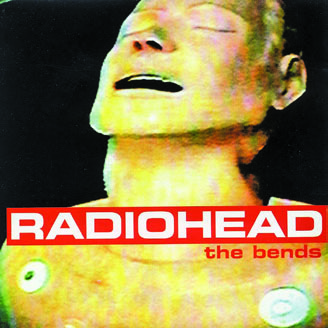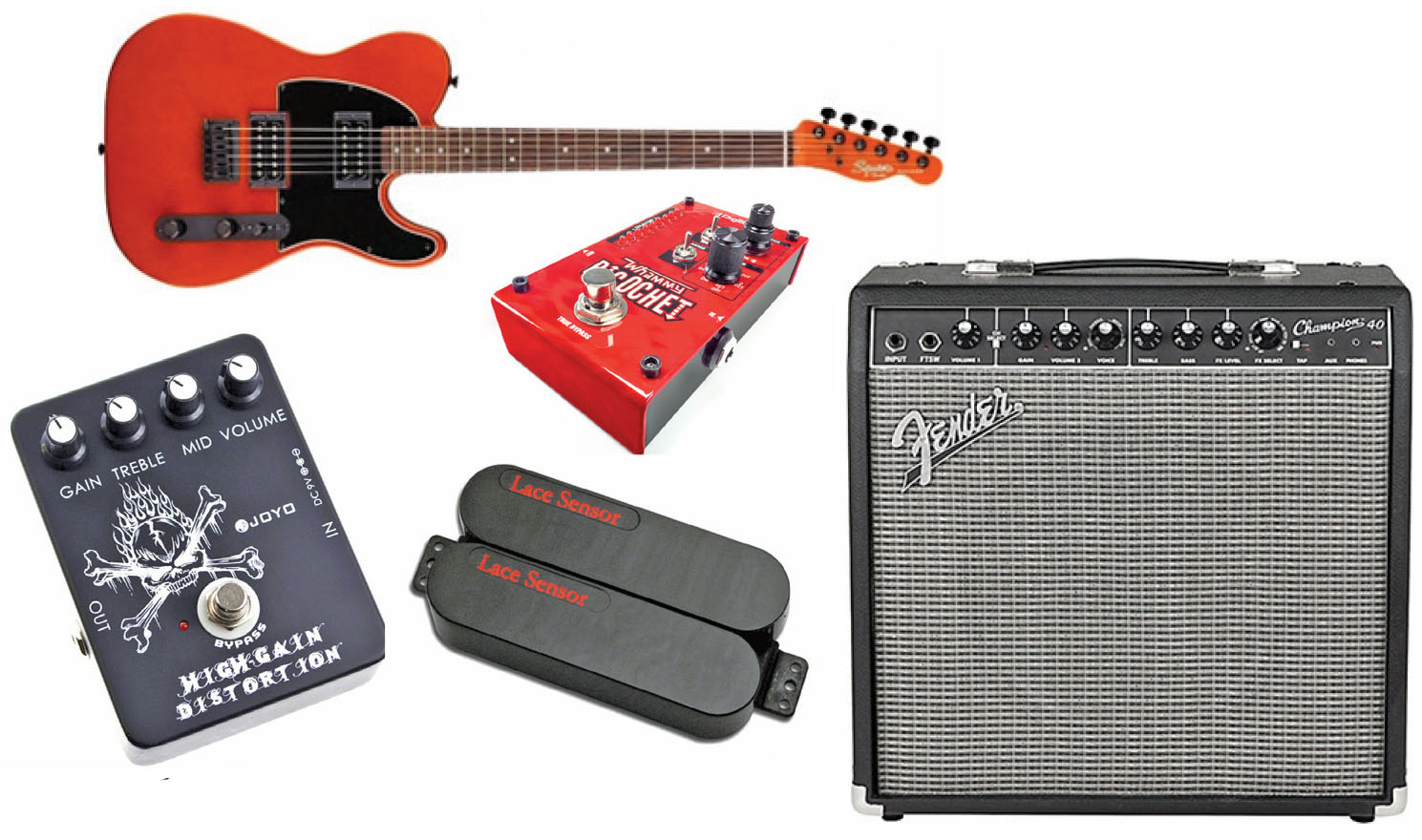The secrets behind Jonny Greenwood's guitar tone on Radiohead's My Iron Lung
Learn how Jonny Greenwood got his fascinatingly unique sound on Radiohead's "My Iron Lung."

While Radiohead’s second album, The Bends, did not ascend to the creative heights of the band’s subsequent breakthrough masterpiece, OK Computer, there’s no way it was ever a sophomore slump. The seeds of Radiohead’s transformation from Pixies-influenced quasi-grunge music to the atmospheric, ambitious and sometimes experimental style they honed on OK Computer are most evident on “My Iron Lung,” where guitarist Jonny Greenwood more freely explores sonic guitar textures to enhance the song’s mood.
What is particularly refreshing is that Greenwood used a rather primitive, inexpensive and arguably limited rig to craft the sounds that fit that song so well. Even more impressive is that Greenwood still relies on much of that gear today, even after the band has sold millions of records and after his rig started to expand in size only a few years after the release of The Bends. Greenwood’s amp here is a Fender Eighty-Five, a late- Eighties 85-watt solid-state combo with a single 12-inch speaker that was inexpensive when it was new and has remained a dirt-cheap bargain on the used market since the early Nineties.
On “My Iron Lung” Greenwood mainly used the Fender amp as a clean foundation for a pair of pedals: a DigiTech Whammy WH-1 and a Marshall Shred Master. Set to its octave-up setting, the Whammy provides a somewhat harsh, warbling texture that is the product of its primitive 12-bit tracking technology, but in this case what many could perceive as a “flaw” actually enhances the desired effect of the melodic guitar line. The Shred Master is employed for louder and more violent sections of the song to produce aggressive bursts of distortion, although a few overdubs were recorded with just the Fender Eighty-Five cranked up as loud as it could go. The Fender Eighty-Five’s clean tones are also employed on their own for the jazzy chords heard throughout the verses.
ORIGINAL GEAR
GUITAR: Early Nineties Fender Telecaster Plus with Red-Red Dually (bridge) and Blue (neck) Lace Sensor pickups (bridge pickup setting); volume: 10, tone: 10
AMP: Fender Eighty-Five with one 12-inch Eminence speaker (Clean tone - Input 1, Volume: 6, Treble: 7, Mid: 5, Bass: 4, Reverb: 0; Dirty tone – Input 1, Volume: 10, Treble: 7, Mid: 8, Bass: 7, Reverb: 0, Gain: 10, Mid Boost: On, Limiter: 3, Presence: 5, Volume: 10, Select: On)
EFFECTS: DigiTech Whammy WH-1 (Octave +1 setting, foot pedal 100 percent toe down); Marshall Shred Master (Gain: 9, Bass: 8, Contour: 0, Treble: 8, Volume: 6)
Get The Pick Newsletter
All the latest guitar news, interviews, lessons, reviews, deals and more, direct to your inbox!
STRINGS/TUNING: Dean Markley Blue Steel .010-.046/Standard.009-.040/ Standard
PICK: Jim Dunlop .60mm Nylon Standard 44P
GET THE SOUND, CHEAP!

- Squier FSR Affinity Telecaster HH
- Lace Sensor Red-Red Dually (install in bridge position)
- Fender Champion 40
- DigiTech Whammy Ricochet
- Joyo High Gain Distortion JF-04
TONE TIP: Set the Whammy Ricochet to 12-bit mode and adjust the Momentary switch to the “off” position for a consistent octave-up effect when the pedal is engaged.
Chris is the co-author of Eruption - Conversations with Eddie Van Halen. He is a 40-year music industry veteran who started at Boardwalk Entertainment (Joan Jett, Night Ranger) and Roland US before becoming a guitar journalist in 1991. He has interviewed more than 600 artists, written more than 1,400 product reviews and contributed to Jeff Beck’s Beck 01: Hot Rods and Rock & Roll and Eric Clapton’s Six String Stories.
“His songs are timeless, you can’t tell if they were written in the 1400s or now”: Michael Hurley, guitarist and singer/songwriter known as the ‘Godfather of freak folk,’ dies at 83
“The future is pretty bright”: Norman's Rare Guitars has unearthed another future blues great – and the 15-year-old guitar star has already jammed with Michael Lemmo










